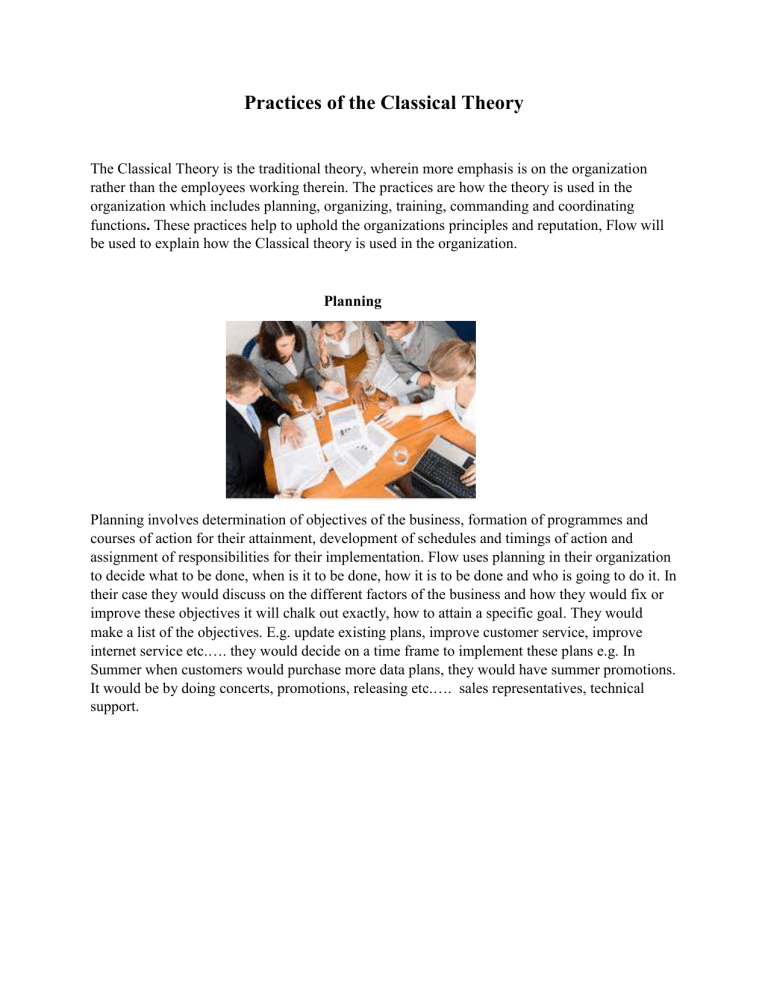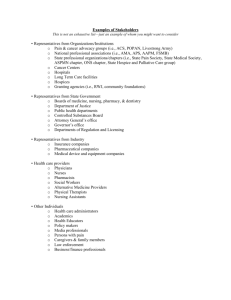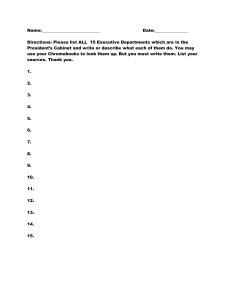
Practices of the Classical Theory The Classical Theory is the traditional theory, wherein more emphasis is on the organization rather than the employees working therein. The practices are how the theory is used in the organization which includes planning, organizing, training, commanding and coordinating functions. These practices help to uphold the organizations principles and reputation, Flow will be used to explain how the Classical theory is used in the organization. Planning Planning involves determination of objectives of the business, formation of programmes and courses of action for their attainment, development of schedules and timings of action and assignment of responsibilities for their implementation. Flow uses planning in their organization to decide what to be done, when is it to be done, how it is to be done and who is going to do it. In their case they would discuss on the different factors of the business and how they would fix or improve these objectives it will chalk out exactly, how to attain a specific goal. They would make a list of the objectives. E.g. update existing plans, improve customer service, improve internet service etc.…. they would decide on a time frame to implement these plans e.g. In Summer when customers would purchase more data plans, they would have summer promotions. It would be by doing concerts, promotions, releasing etc.…. sales representatives, technical support. Organizing Once a plan has been created, a manager can begin to organize. Flow organizing involves assigning tasks, grouping tasks into different departments, delegating authority and allocating resources across the organization. After assigning tasks to employees they group tasks into departments for e.g. Sales representatives department, Human resources department, etc.…delegating authority would be for supervisors and manager who would ensure that employees are doing their given tasks and also to maintain the department goal. allocating resources means apportionment of productive assets among different uses. So, the person responsible for giving resources to different departments so they can do their assigned tasks e.g. giving headsets to customer service workers to ensure they hear customers speaking over the phone. Training Training refers to the teaching and learning activities carried on for the primary purpose of helping members of an organization acquire and apply the knowledge, skills, abilities, and attitudes needed by a particular job and organization. Flow trains employees on a grace period or a specific period of time to improve their job skill to provide quality service to customers and. Also, to increase productivity of the organization. E.g. recruiting customer service representatives training them and supervising them for a period of time. Commanding Commanding means to exercising authority, Authority is a power or right, usually because of rank or office, to issue commands and to punish for violations: to have authority over subordinates. Flow gives authority to managers, supervisors etc.… to delegate tasks to employees to ensure that they do their given tasks and also to make decisions, and enforce obedience. It is very important that there are persons who have authority to achieve the organization's goals. E.g. manager delegate to workers that their will be a weekly staff meeting. Coordinating Functions Coordination is the function of management which ensures that different departments and groups work in sync. Therefore, there is unity of action among the employees, groups, and departments. It also brings harmony in carrying out the different tasks and activities to achieve the organization's objectives efficiently e.g. Flow technicians rely on the customer service representatives to report problems and requests to fix or update internet services. To ensure that customers are satisfied and that they receive high quality.



